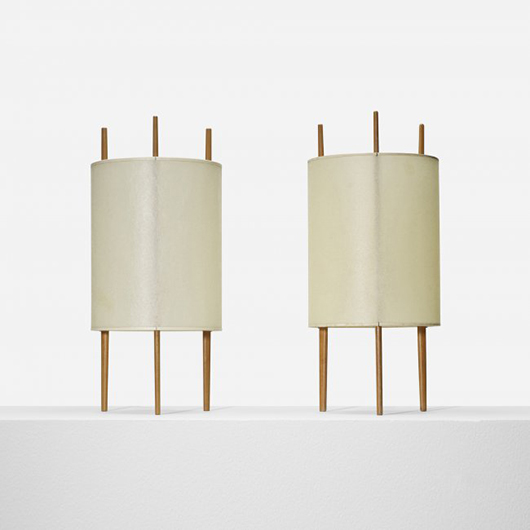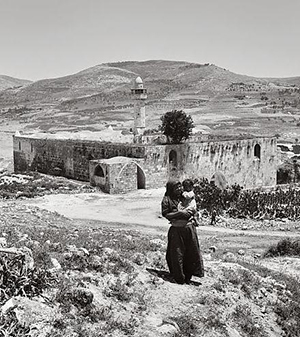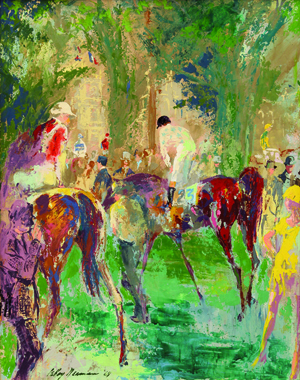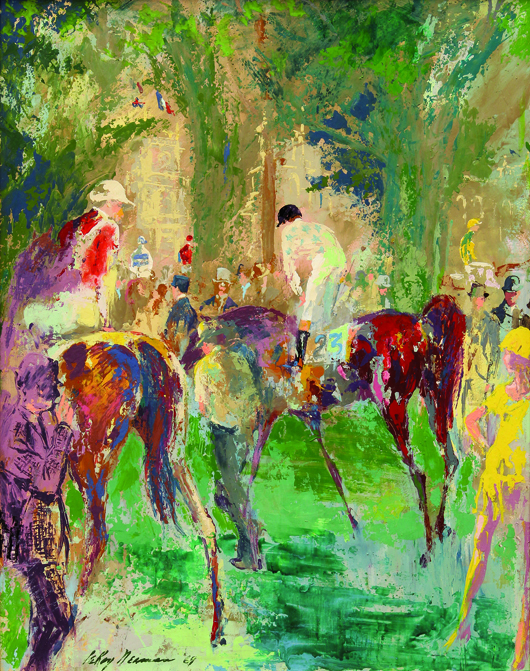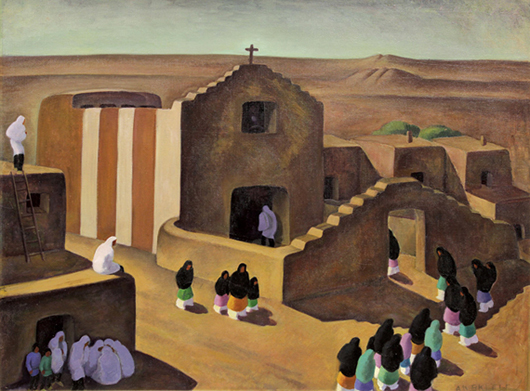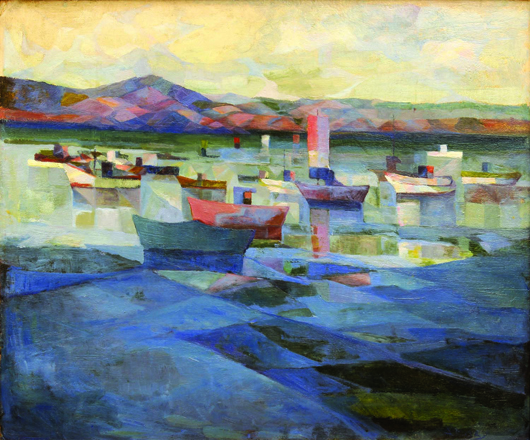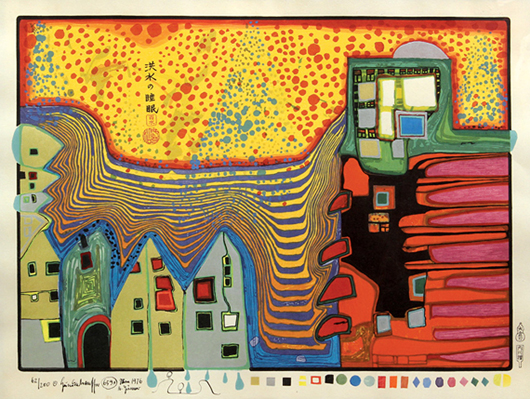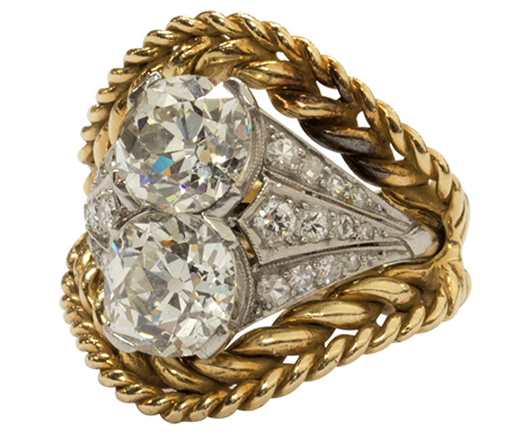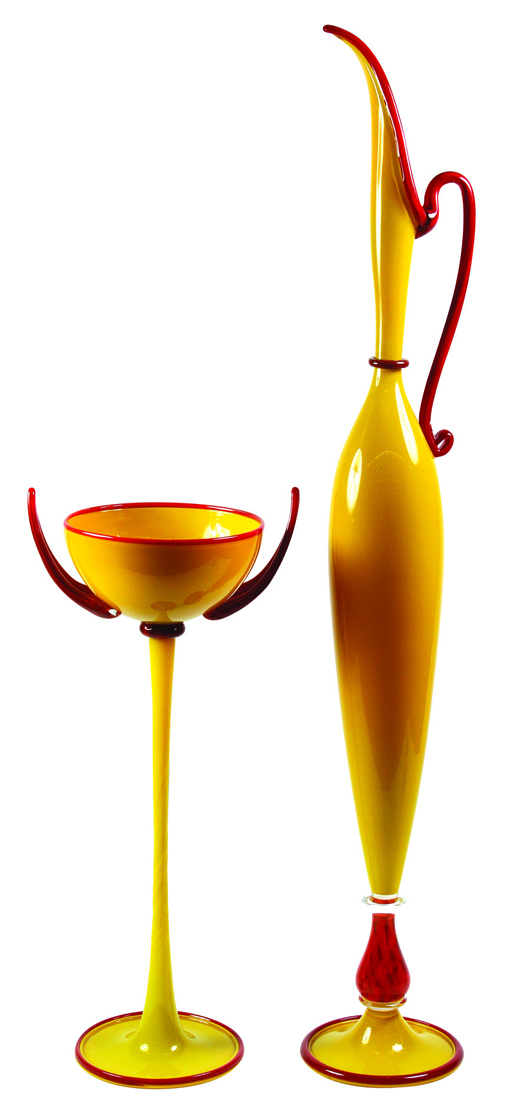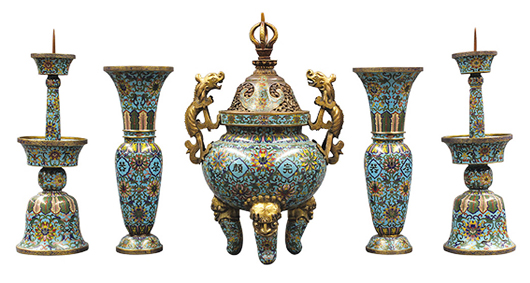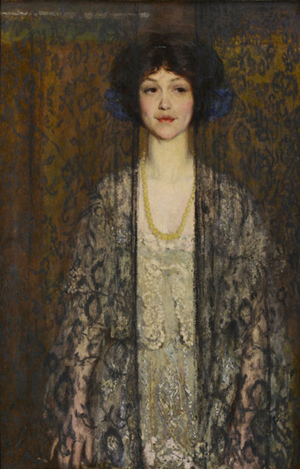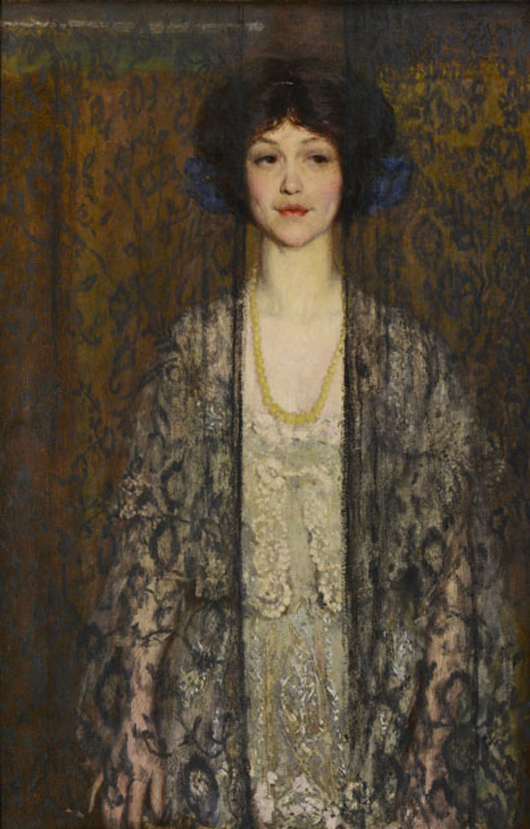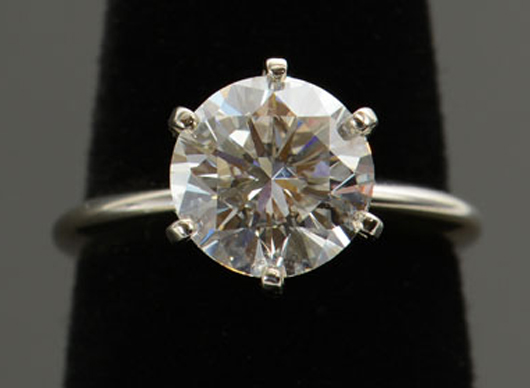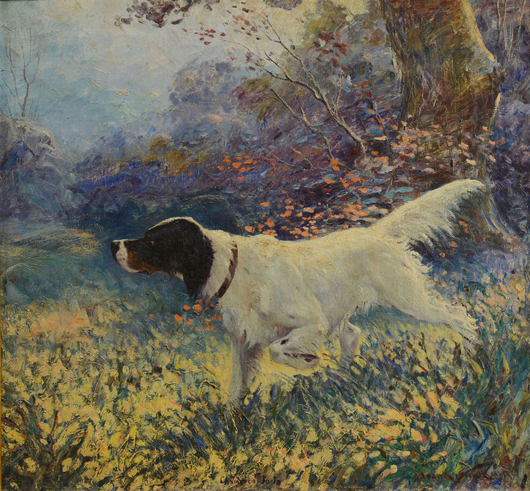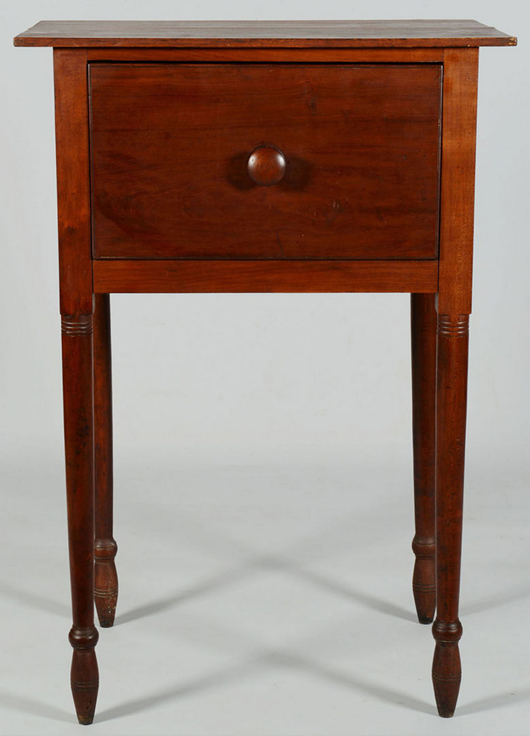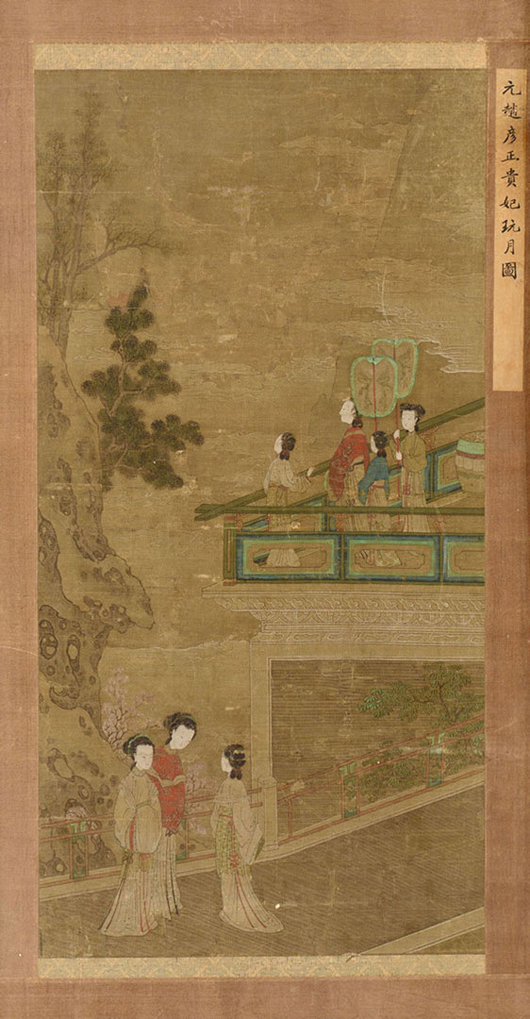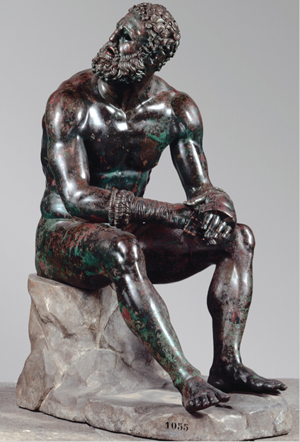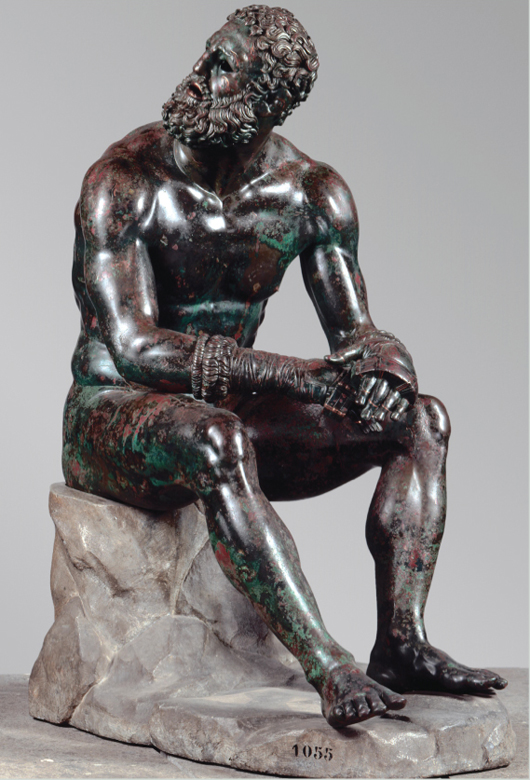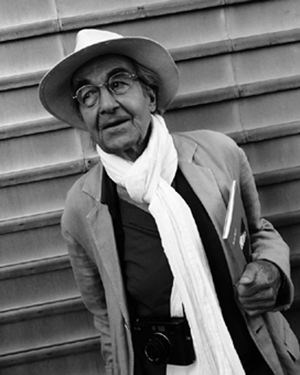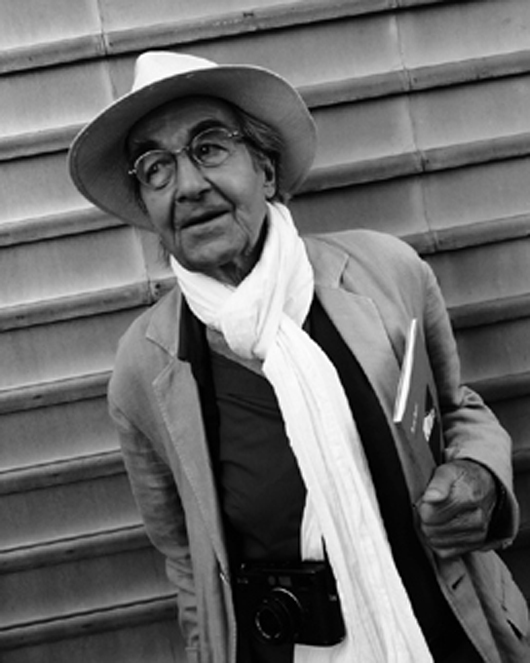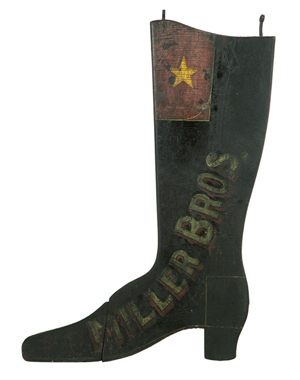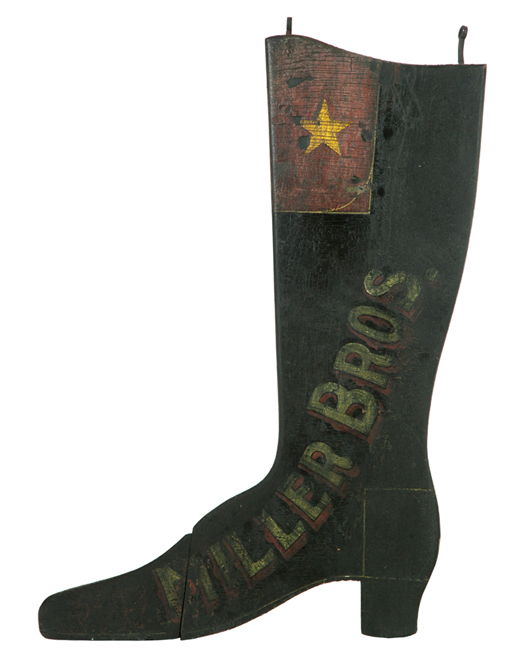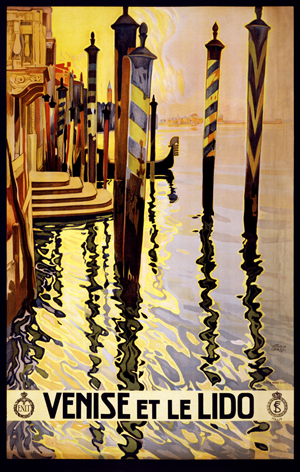
NEW YORK (AP) – The round, white, paper light shades sold at Ikea for $5 are a familiar item in contemporary interior design. But these inexpensive lanterns are knockoffs of light sculptures created by the renowned artist Isamu Noguchi in the early 1950s.
The Noguchi lamps — called akari, the Japanese word for light — were inspired by traditional Japanese lanterns used in ancestor worship. Over the decades, the akari became classics of mid-20th century modern home decor.
Noguchi’s original designs are still handmade in Japan; they come in a variety of colors and dozens of geometric designs — including the widely imitated white sphere — and range in price from $100 to $1,000. And they pop up in some pretty cool places, from painter Georgia O’Keeffe’s home in New Mexico to Tony Stark’s bedroom in “Iron Man 3.”
The story of how the late Noguchi came to create akari is rooted in the recovery of Japan’s post-World War II economy and the cross-cultural currents that influenced his spare, bold, modernist aesthetics.
Noguchi’s mother was American; his father Japanese. They never married. Born in 1904, Noguchi spent years in both countries during his youth. After World War II, he was greatly admired by the art and design community in Japan, and at some point met the mayor of the town of Gifu, where local industry centered around making lanterns for ancestry worship, using paper from mulberry trees.
“The mayor asked Noguchi, ‘Can you help us resurrect our lantern business?'” said Jenny Dixon, director of the Noguchi Museum in Long Island City, N.Y. “That’s how the akari were first produced. They were exported as an economic product and were well-received by the design community.”
She added that Noguchi “papered them sculpturally. He didn’t call them lanterns or lamps; he called them light sculptures.”
Noguchi’s concept “stood in sharp contrast to 1950s contemporary, modern, efficient lighting trends,” said Peter Barna, provost of Pratt Institute, the art and design college in Brooklyn, N.Y. Popular lighting options of the day included track lights, adjustable desk lamps and “pole lamps with conical shades,” added Barna, a former president of an international lighting design firm.
Noguchi’s designs were radically different, “a sculptor’s memory of the soft magic of material and light,” said Barna.
Eventually, Noguchi developed a relationship with one family of lantern makers. The same family still produces his designs today. “They’re all handmade, each one, individually, from molds. They’re not mass-produced,” Dixon said. “We’re now working with the third generation there, filling our orders. … Our biggest challenge is meeting the demand.”
Depending on which lamp is ordered, “you might hit the jackpot and get a lamp right away or you can wait three to six months.” She added: “We lose a lot of business” from customers who don’t want to wait.
Each lamp has bamboo ribbing and standard wiring, and can accommodate incandescent or compact fluorescent bulbs (45 watts for small lamps, 75 watts for large). Designs range from spheres, discs and cylinders to triangles, boxes, trapezoids, and other geometric shapes and combinations. Most shades are white, but some are decorated in orange, green or black; a few bear abstract designs.
There are hanging lamps, as well as table lamps and floor lamps with metal legs or small black circular bases. Many appear breathtakingly elegant; others have a whimsical, futuristic look.
A large selection of akari can be seen at the Noguchi Museum, located in the studio where he worked for decades in Long Island City, an industrial neighborhood in the New York City borough of Queens. A few lamps are displayed amid Noguchi’s sculptures, but the best place to see them is in the cafe and gift shop, where they line bookshelves, hang over the cash register, and decorate a small area where visitors can relax, using a Noguchi coffee table to put their snacks on.
Danielle Berman, the production designer for “Iron Man 3,” chose a tall Noguchi lamp in a stacked box design to illuminate Tony Stark’s bedroom. “It was such a modernist home,” she explained. “It had a lot of very round, organic lines. I immediately thought of that lamp because it was such a geometric contrast.”
Stark, played by Robert Downey Jr., is a superhero billionaire. Berman said she imagined his girlfriend, “the Gwyneth Paltrow character, putting the lights around Tony’s house when she redecorated. She’s a lover of design and art.” Berman has also used Noguchi lamps on many other sets, from the TV show “House” to the first film in the “Hangover” series.
Noguchi’s “understanding of space,” she said, is “very organic. He uses all these natural materials. It’s the simplicity, yet it’s very complex. You light it and the paper gives this beautiful glow. It’s a beautiful element to have on any set. I try to use them whenever I can.”
Fans of the 20th century modernist painter Georgia O’Keeffe will find Noguchi’s classic white sphere lantern on a tour of her home and studio in Abiquiu, N.M. Noguchi “sent Miss O’Keeffe several lanterns as gifts with his sister,” explained Judy Lopez, director of Abiquiu Historic Properties for the Georgia O’Keeffe Museum. “She decided to place this large one in her dining room.”
The lamp hangs from a wooden ceiling in the inviting, white-walled space, over a simple table and chairs.
Cheap imitations of Noguchi lamps — especially the white sphere — have become so ubiquitous that they’re almost a cliche of outdoor party decor and a somewhat bohemian style.
But why spend hundreds on an original when you can get a knockoff for a fraction of the price? Aside from the difference in workmanship and materials, Berman points out that “the knockoffs aren’t quite his designs.” Dixon also notes, “Noguchi made these lamps so that people could buy them and live with his sculpture. It was the idea that you, too, the every man, for $100, a modest amount of money, could own an artwork by a prominent person.”
One downside: The paper is vulnerable to damp climates, though it does well in dry locations like O’Keeffe’s.
And what if you don’t live in a home defined by modernist aesthetics? Would a Noguchi lamp work with flowered curtains, an overstuffed sofa and patterned wallpaper?
Berman thinks “antiques and modernist pieces can work well together.” But whether you mix the lamp in with a jumble of interesting objects or set it off as a special piece, she said, consider its shape. In a room with lots of square and rectangular lines, go for a rounded lamp; in a room with curves in furniture and decor, go for a linear lamp.
Barna agreed that the lamps can work with any style, but noted they “were conceived as sculptures that delicately stand as warm friends in an interior space. They glow, so will probably be the dominant focus in any space they are in.”
# # #
ADDITIONAL LOT OF NOTE
